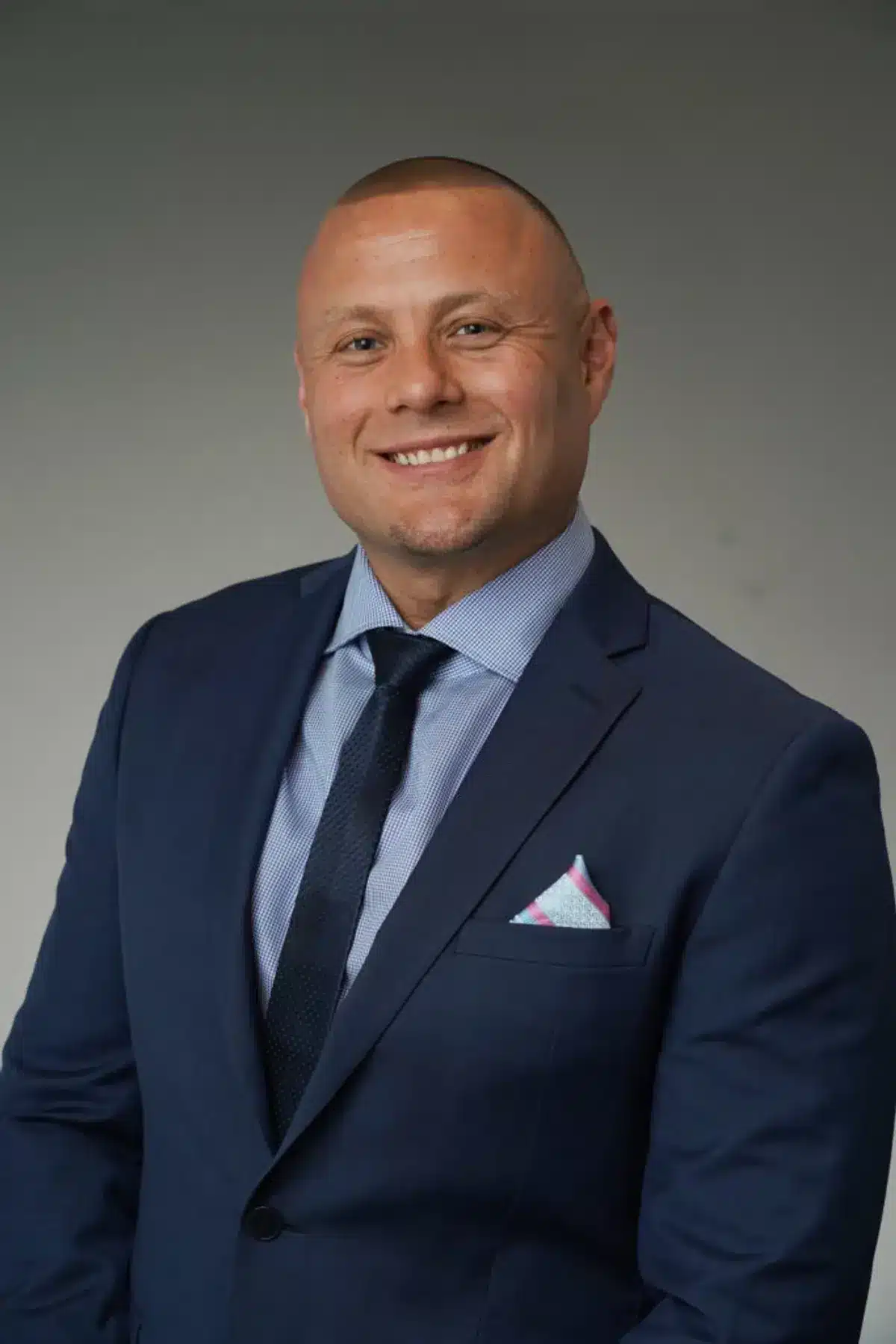
Have you heard about ABA therapy? ABA therapy stands for applied behavioral analysis therapy.
As it gets more and more popular, children from all backgrounds are being enrolled in ABA therapy. Originally, parents of children with special needs found it the most helpful. As a matter of fact, it’s the gold standard for small children with autism (otherwise known as ASD: autism spectrum disorder).
Parents of children with other special needs have also started trying ABA therapy as an early intervention for their children.
But how does ABA therapy work for children with autism, and how can it apply to children with other special needs as well?
Keep reading to learn all of this and more so you can make an informed decision for your child.
What Is ABA Therapy?
As we mentioned, ABA therapy is applied behavior analysis therapy. While “therapy” is in the name, it’s also a method of educating children in a non-academic setting.
ABA therapists aim to help children, with or without special needs, prepare themselves for school and the “real world” beyond toddlerhood.
During ABA therapy, the therapist will develop and follow a treatment plan with actionable goals and methods. This makes it easy to track growth and behavioral advancement in a way that’s tangible.
Many behavior “correction” methods rely on punishment to “correct” bad behavior. ABA therapy focuses on positive reinforcement and uses play to encourage learning and good behavior.
The therapist may take this time to observe the child’s behavior without their input to identify any triggers or habits.
What Does ABA Therapy Teach?
ABA therapy serves a variety of purposes, and they’ll vary depending on the needs of the child.
For neurotypical children, ABA therapy may be useful for teaching early social skills and independence that they may not be able to learn at home. These things are also helpful for children with special needs.
ABA therapy may help children with emotional control. It helps them control emotional outbursts or cruel behaviors.
There are different methods for ABA therapy. There are verbal behavior interventions that are great for children who are either non-verbal or “behind” other children as far as speaking goes.
Early intervention programs, such as ESDM and EIBI are for children under the age of five. ESDM takes a gentle approach and uses play to teach life skills and achieve goals. EIBI is a more intensive approach that teaches children important adaptive and functional skills.
The ABA therapist will evaluate each child to determine what skills they need to focus on and the best methods to do so.
Is ABA Therapy Appropriate for Children With Autism?
ABA therapy is the gold standard for early intervention for children with autism. While the skills are useful for all children regardless of their abilities, they’re especially helpful for children with autism who struggle with skills and concepts that other children are able to learn innately.
For example, social skills and emotional control are difficult for children with autism. If a child doesn’t grow up with siblings or a playgroup, it’s even more difficult when they’re ready to attend school.
ABA therapy teaches these skills so the child is able to engage with other children in a school environment without experiencing too much emotional dysregulation.
Keep in mind that there is no “cure” for autism. Autism isn’t a disease and your child’s therapist doesn’t aim to rid them of it or hide it. Instead, ABA therapists want to help your child cope and live with their autism so they can lead happy and productive lives.
While there are different “levels” of autism, ABA therapy (when started early) can help children in most of those categories.
Who Else Is ABA Therapy For?
While ABA therapy is the gold standard for autism, children (and even teens or adults) with other special needs can benefit from ABA.
When it comes to ABA for special needs children, the goals and methodologies are the same. The therapist will just have to tweak their treatment plan to fit the new condition.
Most often, ABA (when not being used for autism) is helpful with developmental disorders of all varieties. Early intervention with developmental disorders makes a big difference in the child’s future. It’s also not uncommon to use ABA for young children with ADHD.
Some ABA therapists treat patients (of varying ages) who have anxiety conditions, eating disorders, anger issues, personality disorders, and even traumatic backgrounds.
How Does One Get Started With ABA Therapy?
When someone takes their child to an ABA specialist, they’ll have a functional behavior assessment. This is like a consultation to determine the child’s needs and whether or not ABA is appropriate for them.
Sometimes ABA therapists want to see the child in their home or at school to see how they act “in real life” versus in a clinical setting.
Based on this information, the ABA therapist will develop a tentative treatment plan and discuss it with the parents. They may also suggest “homework” for parents to do with their children.
While the child is in ABA therapy, the caregiver still takes an active role. Children with special needs continue to need special care and attention while they’re at home. It’s important that these therapeutic techniques make their way into the child’s daily life.
Is ABA Therapy Right for Your Child?
ABA therapy is a great tool for all children, whether they have autism, other special needs, or even if they’re neurotypical. ABA therapy will teach important skills that all children need to thrive.
Are you interested in ABA therapy for your child? At Path2Potential, we aim to help children with special needs through in-person and remote care. We love empowering these special children and seeing them thrive.
Contact us to schedule a free consultation today.

